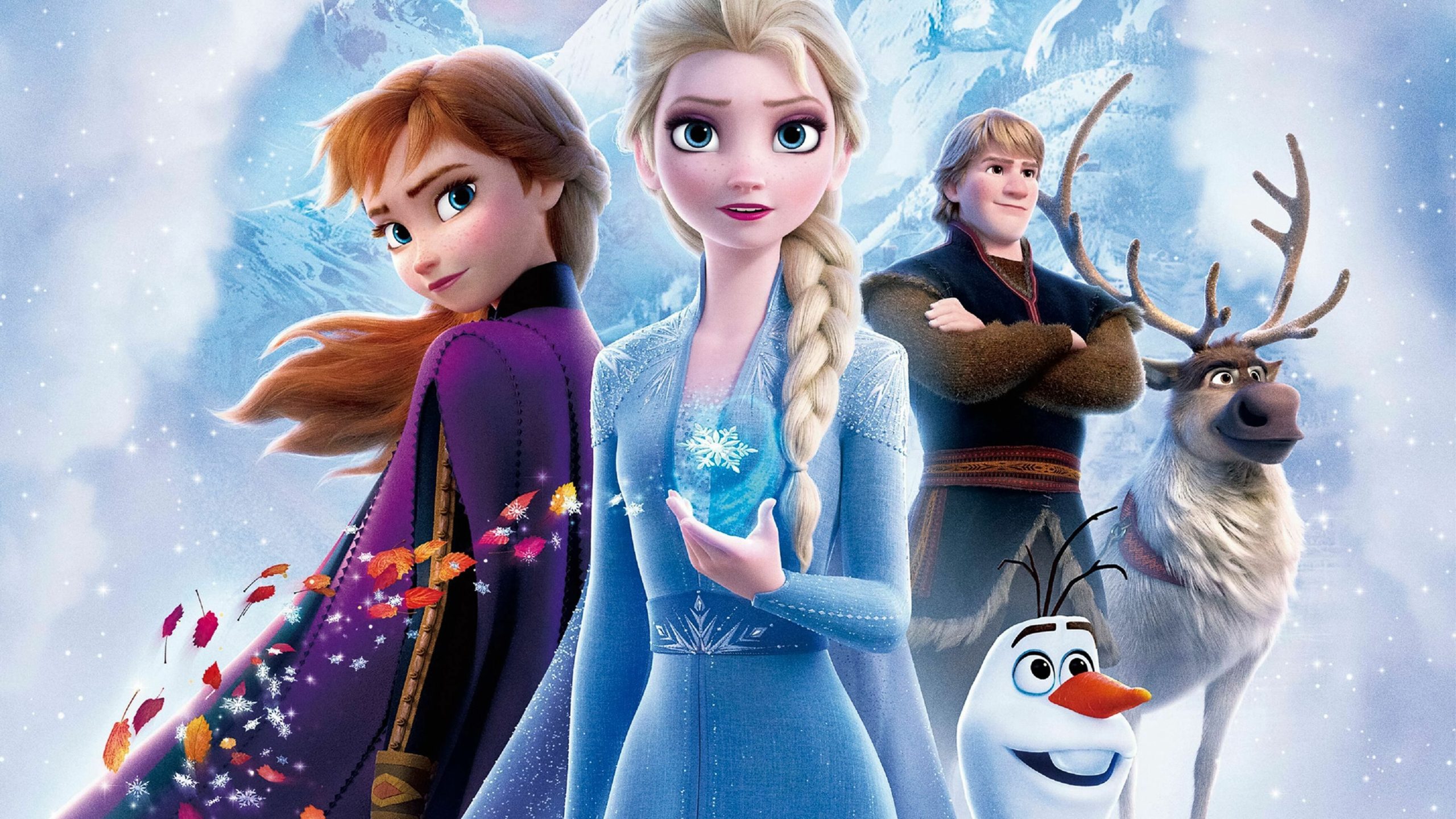The frozen food industry, once relegated to the perception of convenience meals lacking in quality, has undergone a remarkable transformation. Far from its humble beginnings, it now stands as a dynamic, innovative, and rapidly growing sector, continually adapting to evolving consumer preferences, technological advancements, and global economic shifts. In an era defined by busy lifestyles, a heightened focus on health, and increasing environmental consciousness, frozen foods have not only shed their outdated image but have emerged as a staple in modern households worldwide.
This article delves into the latest news and trends shaping the frozen food industry, exploring the drivers of its sustained growth, the innovations pushing its boundaries, the challenges it faces, and the exciting prospects that lie ahead.
A Resurgence and Sustained Growth
The COVID-19 pandemic served as an unexpected catalyst for the frozen food industry. Initial panic buying and pantry stocking led to unprecedented demand, but what was surprising was the sustained interest post-lockdowns. Consumers, having rediscovered the benefits of frozen foods – extended shelf life, reduced food waste, and ease of preparation – continued to integrate them into their regular shopping habits.
According to various market research reports, the global frozen food market is projected to continue its robust growth trajectory, with a Compound Annual Growth Rate (CAGR) estimated between 4-6% over the next five to seven years, potentially reaching a market valuation well over $300 billion. This growth is not merely a post-pandemic anomaly but is underpinned by several enduring factors:
- Convenience: Modern consumers, often juggling work, family, and social commitments, prioritize time-saving solutions. Frozen meals, vegetables, fruits, and even desserts offer quick, easy, and often mess-free preparation.
- Reduced Food Waste: Frozen foods inherently offer a longer shelf life compared to fresh produce, allowing consumers to use only what they need and store the rest, significantly contributing to the global effort to reduce food waste at the household level.
- Portion Control: Many frozen products come in pre-portioned servings, aiding consumers in managing their dietary intake and preventing overconsumption.
- Nutritional Value: Advances in freezing technology mean that foods are often frozen at their peak freshness, locking in nutrients comparable to, and sometimes even surpassing, their fresh counterparts that may have traveled long distances or sat on shelves for days.
Key Trends Shaping the Landscape
The innovation within the frozen food sector is vibrant, driven by a deep understanding of evolving consumer demands. Several key trends are dominating the headlines:
1. The Plant-Based Powerhouse
Perhaps no trend has impacted the frozen food industry as significantly as the rise of plant-based eating. What began as a niche market for vegans has exploded into a mainstream phenomenon, appealing to flexitarians, health-conscious individuals, and environmentally aware consumers. The frozen aisle is now a hotbed for:
- Meat Alternatives: Beyond burgers, consumers can find frozen plant-based chicken nuggets, fish fillets, sausages, and even sophisticated roasts designed to mimic traditional meats. Brands are continually improving texture, flavor, and nutritional profiles.
- Vegan Meals: A proliferation of ready-to-eat vegan meals, from ethnic cuisines like Indian curries and Thai noodles to comfort foods like mac and cheese, caters to diverse tastes.
- Dairy-Free Desserts: Frozen dairy-free ice creams, cheesecakes, and pastries made from almond, oat, or coconut bases are gaining immense popularity.
This trend is not just about replicating meat; it’s also about showcasing the versatility and deliciousness of vegetables, grains, and legumes in innovative ways.
2. Premiumization and Gourmet Offerings
The "cheap and cheerful" image of frozen food is rapidly being replaced by an emphasis on quality, gourmet ingredients, and sophisticated flavor profiles. Consumers are willing to pay more for:
- Restaurant-Quality Meals: High-end frozen meals that mimic fine dining experiences, featuring exotic ingredients, complex sauces, and artisanal preparations. This trend caters to the desire for indulgence and convenience without compromising on taste or quality.
- Ethnic and Global Cuisines: A surge in authentic frozen meals representing cuisines from around the world, allowing consumers to explore diverse flavors from the comfort of their homes. This includes everything from Japanese ramen and Korean BBQ bowls to Moroccan tagines and Brazilian feijoada.
- Organic and Specialty Ingredients: A growing demand for frozen products made with organic, non-GMO, gluten-free, keto-friendly, or other specific dietary ingredients.
3. Health and Wellness Focus
Beyond plant-based, the broader health and wellness movement is deeply influencing frozen food innovation:
- Clean Labels: Consumers are increasingly scrutinizing ingredient lists, demanding products with fewer artificial additives, preservatives, and simpler, recognizable ingredients. Brands are responding by reformulating products to meet "clean label" standards.
- Functional Foods: Frozen meals and snacks infused with functional ingredients like probiotics for gut health, adaptogens for stress reduction, or added vitamins and minerals for immunity are gaining traction.
- Specific Dietary Needs: The frozen aisle now offers a wide array of options catering to specific diets such as gluten-free, dairy-free, low-carb, high-protein, and allergen-friendly products.
- Reduced Sodium and Sugar: Manufacturers are actively working to reduce sodium and sugar content in their offerings without sacrificing flavor.
4. Sustainability and Ethical Sourcing
Environmental concerns are paramount for many modern consumers, and the frozen food industry is responding on multiple fronts:
- Reduced Food Waste: As mentioned, frozen food inherently contributes to reducing household food waste. Manufacturers are also optimizing their production processes to minimize waste.
- Sustainable Packaging: A major area of innovation involves developing recyclable, compostable, or biodegradable packaging solutions to replace traditional plastic. This includes fiber-based trays, stand-up pouches made from recycled materials, and even edible packaging components.
- Ethical Sourcing: Brands are increasingly transparent about the origins of their ingredients, ensuring fair labor practices and environmentally responsible sourcing for everything from seafood to vegetables.
- Energy Efficiency: The cold chain (from production to freezer case) is energy-intensive. Companies are investing in more energy-efficient refrigeration technologies, renewable energy sources, and optimized logistics to reduce their carbon footprint.
5. Technological Integration and E-commerce
Technology is playing a crucial role in transforming how frozen foods are produced, distributed, and purchased:
- E-commerce and Direct-to-Consumer (D2C): Online grocery shopping and specialized frozen meal delivery services have boomed. Brands are investing in robust cold chain logistics to ensure product integrity during transit.
- Smart Packaging: Innovations like temperature-monitoring labels or QR codes providing traceability information enhance consumer trust and product safety.
- AI and Data Analytics: Companies are leveraging artificial intelligence and big data to better understand consumer preferences, optimize production schedules, forecast demand, and manage inventory more efficiently.
Challenges and Headwinds
Despite its impressive growth, the frozen food industry is not without its challenges:
- Supply Chain Disruptions: Global events, labor shortages, and logistical bottlenecks continue to impact the sourcing of ingredients, packaging materials, and the efficient distribution of products, leading to potential stockouts and increased costs.
- Inflationary Pressures: Rising costs of raw materials, energy, transportation, and labor are putting significant pressure on manufacturers. These increased costs often translate to higher retail prices, which can affect consumer purchasing power and demand elasticity.
- Energy Consumption of the Cold Chain: Maintaining the cold chain is essential but incredibly energy-intensive. The industry faces continuous pressure to innovate and adopt more sustainable, energy-efficient refrigeration technologies to reduce its environmental impact and operational costs.
- Lingering Perception Issues: While progress has been made, some consumers still hold outdated perceptions about the quality or nutritional value of frozen foods. Continuous education and marketing efforts are required to fully dispel these myths.
- Competition: The market is becoming increasingly crowded with both established players and agile startups. Differentiating products and capturing market share requires continuous innovation and effective marketing.
Innovation and Market Dynamics
The competitive landscape of the frozen food industry is marked by significant innovation and strategic market activity:
- Mergers and Acquisitions (M&A): Large food corporations are actively acquiring smaller, innovative frozen food brands, particularly those focused on plant-based, organic, or gourmet offerings, to expand their portfolios and market reach. This signals a confidence in the long-term growth prospects of these segments.
- New Product Development: Companies are constantly launching new products, exploring novel flavor combinations, ingredient profiles, and meal formats. From breakfast bowls to dessert bites, the innovation pipeline is robust.
- Partnerships: Collaborations between food tech companies, ingredient suppliers, and frozen food manufacturers are leading to breakthroughs in taste, texture, and nutritional enhancement for frozen products.
The Road Ahead: Future Outlook
The future of the frozen food industry appears exceptionally bright and dynamic. Expect to see:
- Hyper-Personalization: Further development of frozen meals tailored to individual dietary needs, preferences, and even genetic profiles, facilitated by data analytics and D2C models.
- Further Integration with Smart Kitchens: Frozen products designed to seamlessly integrate with smart appliances, offering automated cooking instructions, inventory management, and even reordering capabilities.
- Global Expansion: Significant growth opportunities in emerging markets as urbanization, rising disposable incomes, and the adoption of modern retail infrastructure increase demand for convenient food solutions.
- Advanced Freezing Technologies: Continued research into innovative freezing methods that preserve texture and flavor even more effectively, such as cryogenic freezing or high-pressure freezing.
- Circular Economy Principles: A stronger emphasis on implementing circular economy principles, from sourcing to packaging, minimizing waste and maximizing resource efficiency throughout the product lifecycle.
Conclusion
The frozen food industry has completed its metamorphosis from a functional necessity to a culinary frontier. Driven by relentless innovation, a keen understanding of evolving consumer demands for convenience, health, sustainability, and quality, it continues to defy expectations. While challenges such as supply chain volatility and inflationary pressures persist, the industry’s resilience and adaptability ensure its sustained relevance.
As consumers increasingly seek solutions that balance taste, nutrition, ease of preparation, and ethical considerations, frozen foods are perfectly positioned to meet these multifaceted needs. The freezer aisle is no longer just a storage space; it’s a vibrant marketplace reflecting the very best of modern food innovation, promising an exciting and flavorful future for consumers worldwide.

